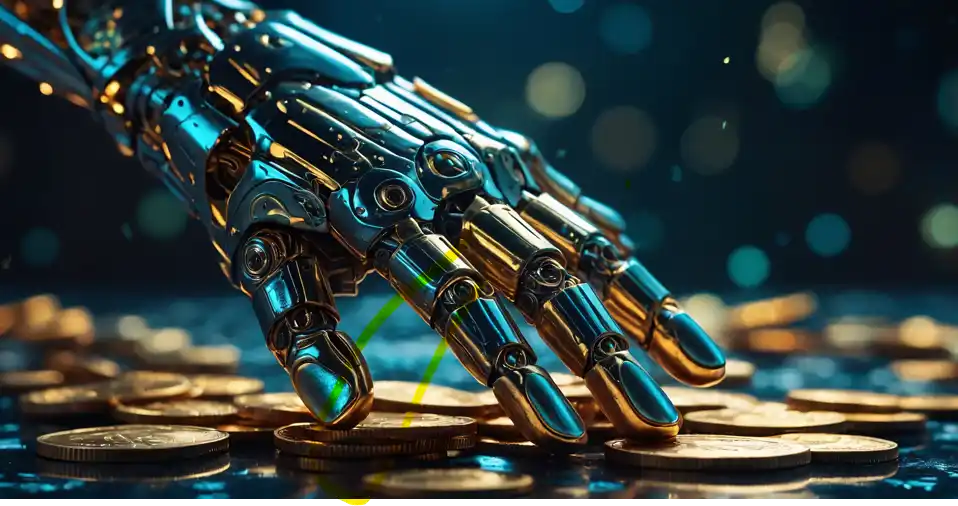The sudden increase in popularity and the use of cryptocurrency attracted its own set of challenges in risk management and safety…
The weaknesses and threats that could compromise the integrity of the assets and currencies of digital users increase exponentially from day to day. In fact, in February 2025 only, Crypto Exchange Bybit saw North Korean pirates flying USD 1.5 billion In Ethereum tokens. This has far exceeded all the flights of previous crypto, which makes it the greatest and undoubtedly the robbery of the most daring cryptocurrency in history.
With the evolution of the digital landscape, the complexity of the threats faced by blockchain technologies and cryptocurrencies is even greater. In this digital battlefield, artificial intelligence (AI) has become a tremendous ally, taking advantage of automatic learning algorithms (ML) to analyze large amounts of data in real time and designing innovative solutions to increase security measures. Has AI emerged as a headlight of hope and the ultimate solution to help alleviate and possibly prevent such threats and potential cryptocurrency in the digital age?
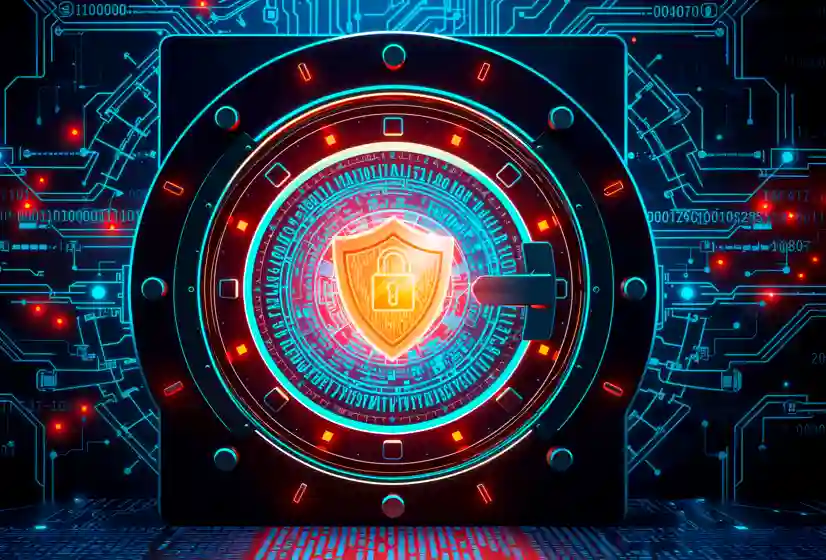
Cryptocurrency and cyber-men’s increase
The expansion of the cryptocurrency market has led to an emerging increase in the number and type of cyber-men’s targeting digital assets. Cybercriminals, pirates and attackers are constantly developing new techniques to exploit digital vulnerabilities, from phishing attacks to exploits of smart contracts. Threats from initiates, exchange hacks, ransomware attacks – The list of sophisticated digital attacks is always increasing.
In addition, as the crypto works in a decentralized environment, security is even more complicated and requires aggressive and innovative solutions. Consequently, it is imperative to understand the evolutionary nature of these threats to implement effective security measures. This is where AI’s promise resides – by providing automated and designed responses and advanced analyzes to improve safety.
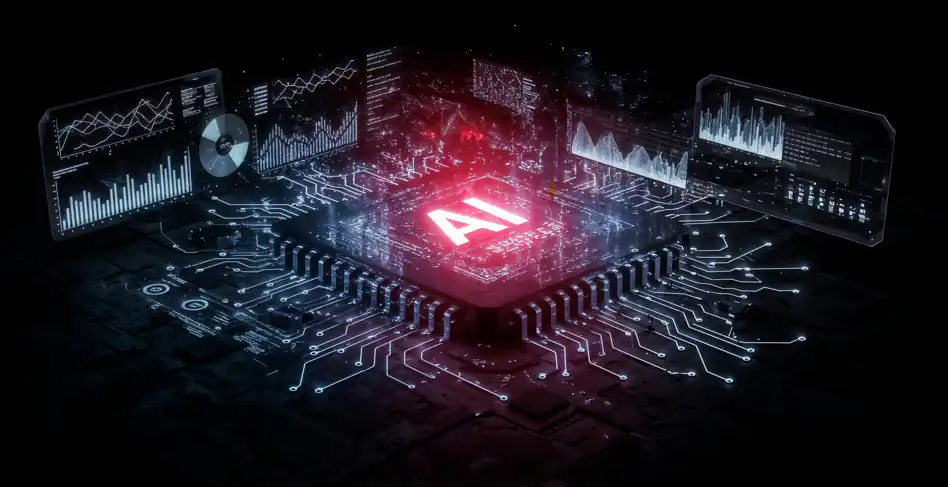
Threat detection fueled by AI
AI’s ability to detect threats in real time is one of its most important advantages in cryptocurrency safety. Since traditional security systems generally operate on predefined rules, they are largely unable to recognize emerging threats. However, AI algorithms are proactive to analyze enormous amounts of data and learning models, which allows them to locate unusual behavior and potential attacks. Consequently, cryptography security systems can respond quickly, thereby minimizing the risk of violations.
The deployment of threat detection systems fueled by AI is now more and more critical to protect digital assets. This includes continuous learning systems that improve detection capacities, automated alerts by informing the stakeholders of possible security incidents, behavioral analysis to assess user activity and report suspicious transactions, natural language treatment models (NLP) analyzing online forums and social media for new and emerging threats, and algorithms in transaction models. In addition, AI models are invaluable to identify the “out of reach” data in real time, after having established the standard of “normal” data ranges.
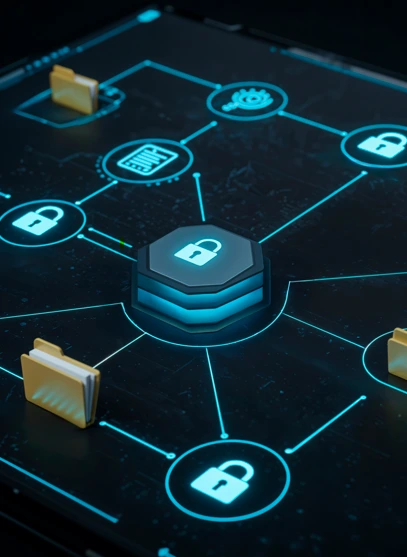
AI and risk management
In the cryptocurrency landscape, where uncertainty and volatility are so widespread, effective risk management is essential. AI algorithms can provide predictive analyzes and data -based information, greatly helping to assess and manage these risks.
By analyzing market trends and historical data, AI models may seem a warning signal for potential risks and even recommend mitigation strategies. It is this AI capacity that allows cryptocurrency and stakeholders in the blockchain to make informed decisions, allocating resources more effectively. Here is how the deployment of AI can lead to more resilient cryptocurrency ecosystems:
- AI ideas will greatly help regulatory compliance executives.
- IA analysis in real time can monitor risk levels, adjusting strategies accordingly.
- IA scenario analysis can prepare for extreme market volatility and potential slowdowns and their effects.
- Risk assessment The AI tools assess exposure to all kinds of digital assets and cryptocurrency.
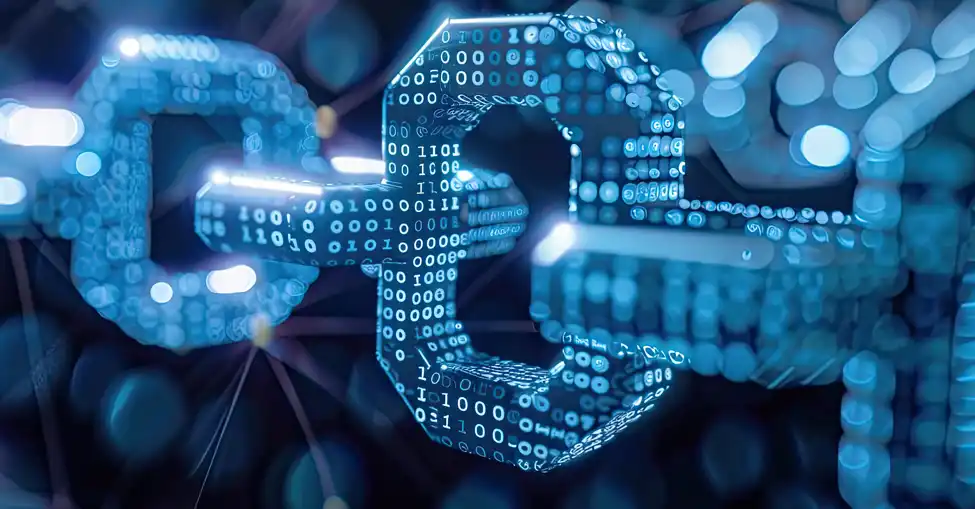
AI and the integration of smart contracts
Intelligent contracts, built on Blockchain technology, are automated agreements that run transactions according to a set of predefined conditions. Thus, the integration of AI to intelligent contracts could considerably improve their functionality and their safety.
Intelligent contracts eliminate any potential for fraud and manipulation by analyzing the more intelligent data inputs, automating transactions and applying conditions without any error or human intervention. This allows more reactive and dynamic agreements. In addition, AI can also eliminate vulnerabilities in smart contracts, ensuring that they work as they were intended to expose users at risk.
It is this synergy between intelligent contracts and AI that pave the way for more efficient and secure decentralized applications (DAPP). Here is what AI can do for smart contracts for cryptocurrency and blockchain, in addition to validating their safety and logic:
- Design improved user interfaces that provide an overview of contractual risks and performance.
- Use predictive analyzes to anticipate and mitigate the risks associated with the terms of the contract
- Monitor the execution of the contract in real time to detect anomalies.
- Automate audit processes to identify potential defects before the deployment of smart contracts.
In the economy of rapidly evolving cryptocurrencies today, the border between regulations and innovations is constantly rehabilitation. Cryptocurrencies gaining a dominant increased acceptance, they also become objectives of choice for financial crimes.
The AI can build a digital environment and a safer ecosystem for the crypto with constantly evolving and innovative solutions. In turn, they will find an increasingly wide acceptance of the exchanges of crypto, developers, stakeholders and, above all, users by consciousness and continuous education, promoting an atmosphere of trust in the whole of the ecosystem and now the cyber-menices at a distance.


